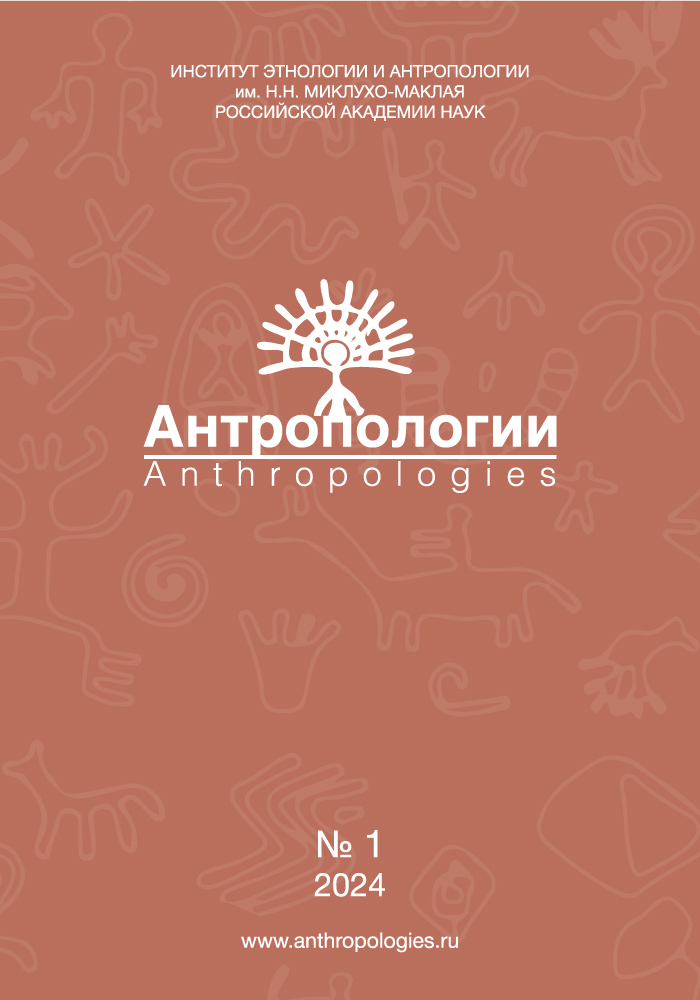Imperial project: visual representation of the «exotic» peoples of Yakutia. Postcards from the turn of the 20-21th centuries
DOI:
https://doi.org/10.33876/2782-3423/2024-1/31-46Keywords:
visualization, postcard, national narrative, emotive culture, ethnicity, modern visual strategiesAbstract
In the 1860s the scientific community recognized photography as a new precise method of observation and research, revealing to the world a new documentary «language» of culture, which became the starting point of the visual turn that took place in the Russian scientific research field. The search for a paradigm of the origin and development of indigenous peoples during the collecting activities of Russian expeditions and local research societies in Yakutia contributed to the introduction of visual research methods into the research field. The «parade» of exotic peoples, which appeared in the genre of ethnographic photography, became one of the popular subjects for postcards of the Russian Empire.
The article is devoted to the study of the «image of others» through the prism of the camera, where it acts as a data collection tool, around which information related to the techniques of its interpretation is layered. The emotive culture of indigenous of the Yakut region is recreated by revealing the concepts and codes of visual representation, the genre of ethnographic photographs and postcards as a «text» of culture, an author’s statement, «recoding» a visual image into a modern national narrative.


